Stephen Peringer
Art has been the driving force in my life for as long as I can remember. I received my classical training at the Art Center College of Design in Los Angeles and graduated with honors. While in school I was blown away by the works of airbrush artists like Charles White III, so I bought one and taught myself how to use it. It took a lot of trial-and-error but I finally got the hang of it and loved working that way for over 20 years.
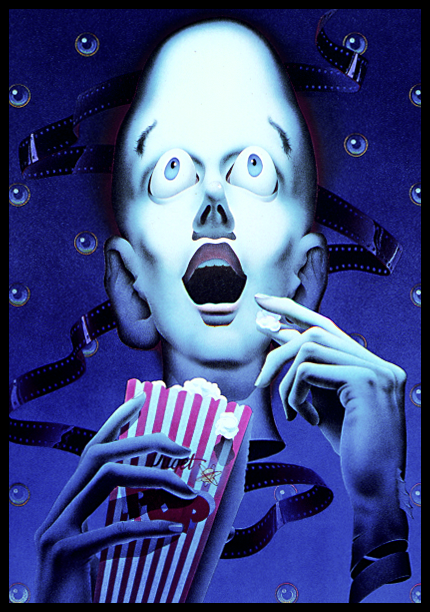

My approach was to work transparently with inks (later liquid acrylics), spraying light layers of pure colors from the bottle in varying amounts until I achieved the color on the illustration board that I was after. All the mixing was done on the illustration board via airbrush, allowing the bright white of the board to reflect through the thin layers of ink for rich, bright colors. Not many airbrush artists at the time worked this way. This approach is more challenging but is similar to how one of my heroes, Maxfield Parrish, painted his beautiful works. For example, to create skin tones, I would first spray a little orange, then some red, and finally a little purple. The combination of these three inks in the right amounts would create skin tones.
Airbrushing is a tedious business, requiring each hard-edged shape to be cut from a thin adhesive film using an Exacto knife, the piece removed, the exposed area painted, the shape replaced, then the next shape removed and painted, etc. Some paintings required hundreds of shapes to be cut, removed, painted, returned…but the clean, crisp effect was worth it and so rewarding! I think that’s what kept me using the airbrush all those years. And coming up with the right balance between hard-edges and soft blends is what makes an airbrush piece interesting.

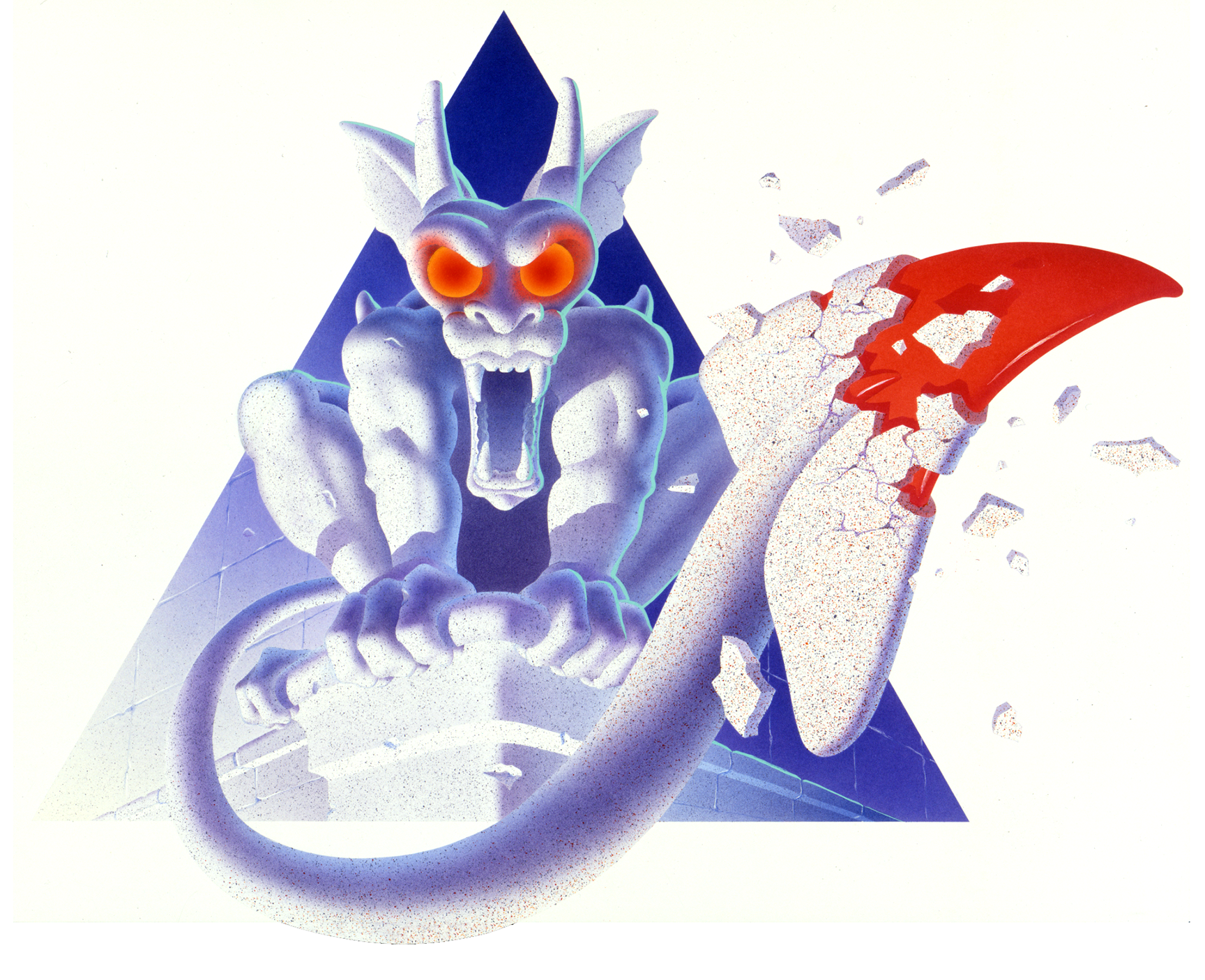
In the 80’s and 90’s as a freelance illustrator working on a lot of video game box cover assignments as well as video game advertisements for companies like Nintendo, Irem, Square Soft, and Kemco Seika to name a few. Fast-forward to 2022 and the artwork for these games has become extremely popular and much sought-after, commanding high prices. It is my mission to bring this artwork into the world of NFTs for the fans of these classic retro video games to collect and enjoy.
One of my favorite retro video game stories: I was fortunate enough to work directly with Nintendo back in the early days and was often given advance copies of games as reference while developing the cover art. This made my young sons and I very popular with the other kids in our neighborhood! I was their hero! What a fun memory.
Over my career of 46 years I’ve been fortunate enough to apply my airbrush skills to a wide variety of projects. These range from video games like Shadowgate, Final Fantasy Mystic Quest, Deja Vu, and R-Type, to book covers like James Ellroy’s The Black Dahlia (he now owns the original painting), to a series of Seattle International Film Festival posters and an album cover for the Steve Miller Band, just to name a few.

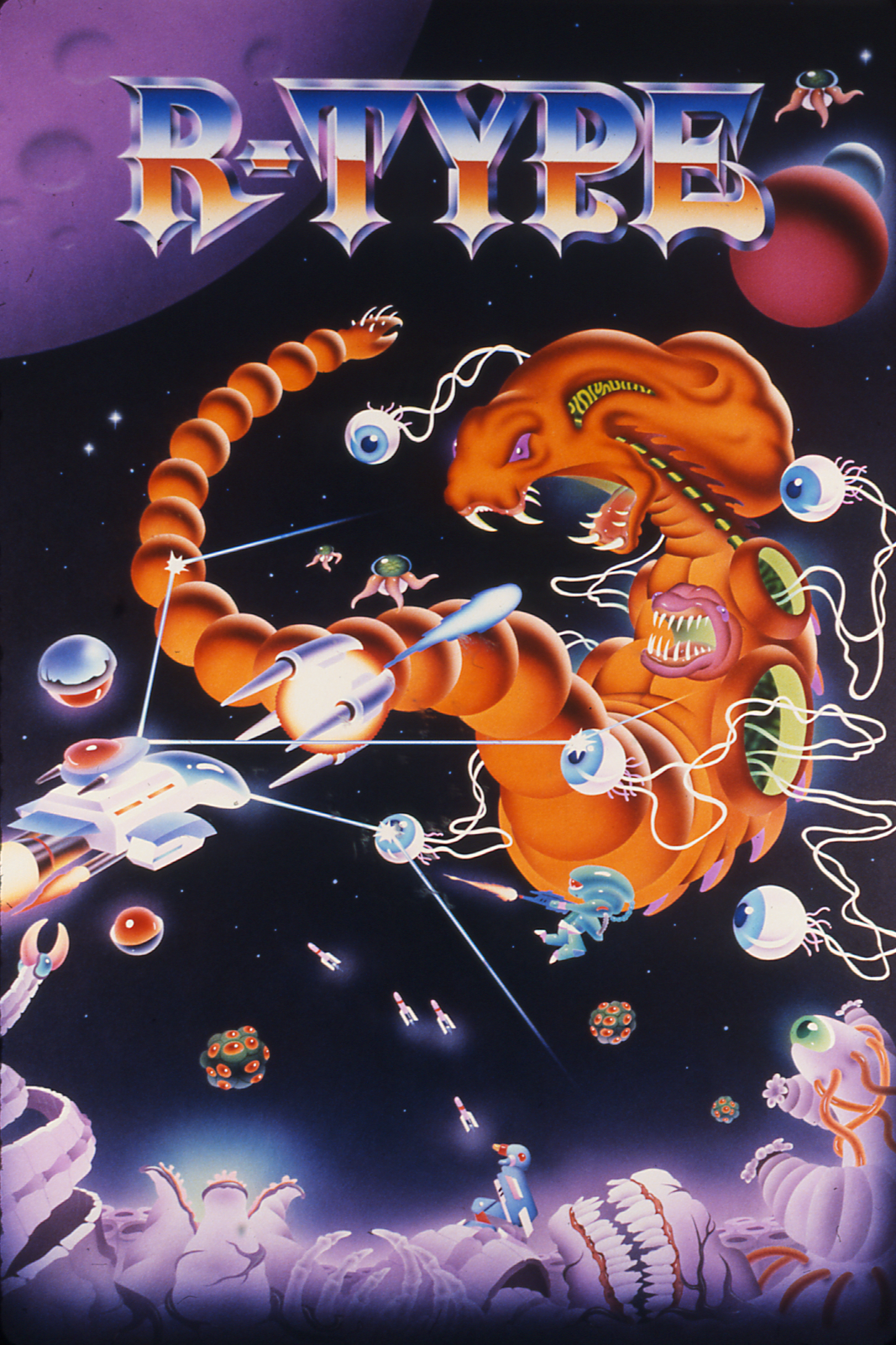


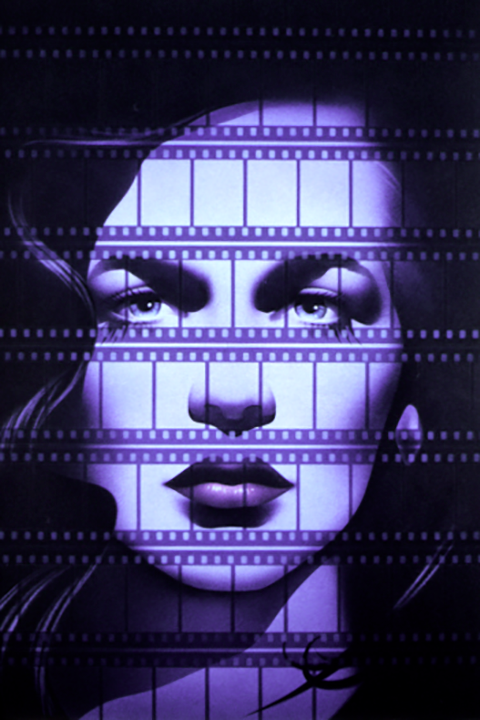

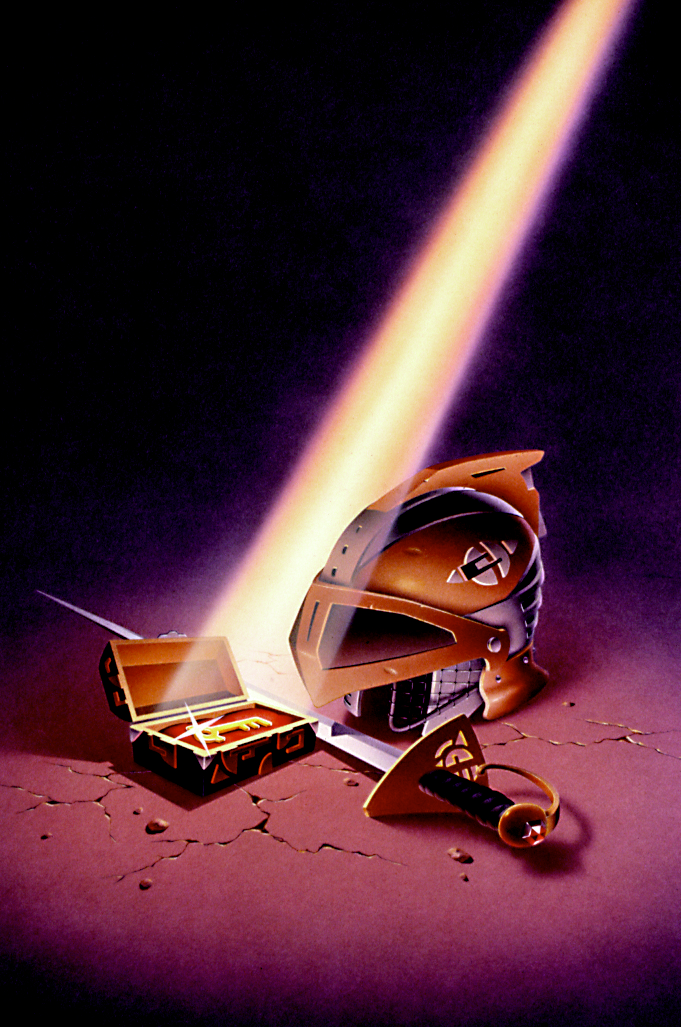

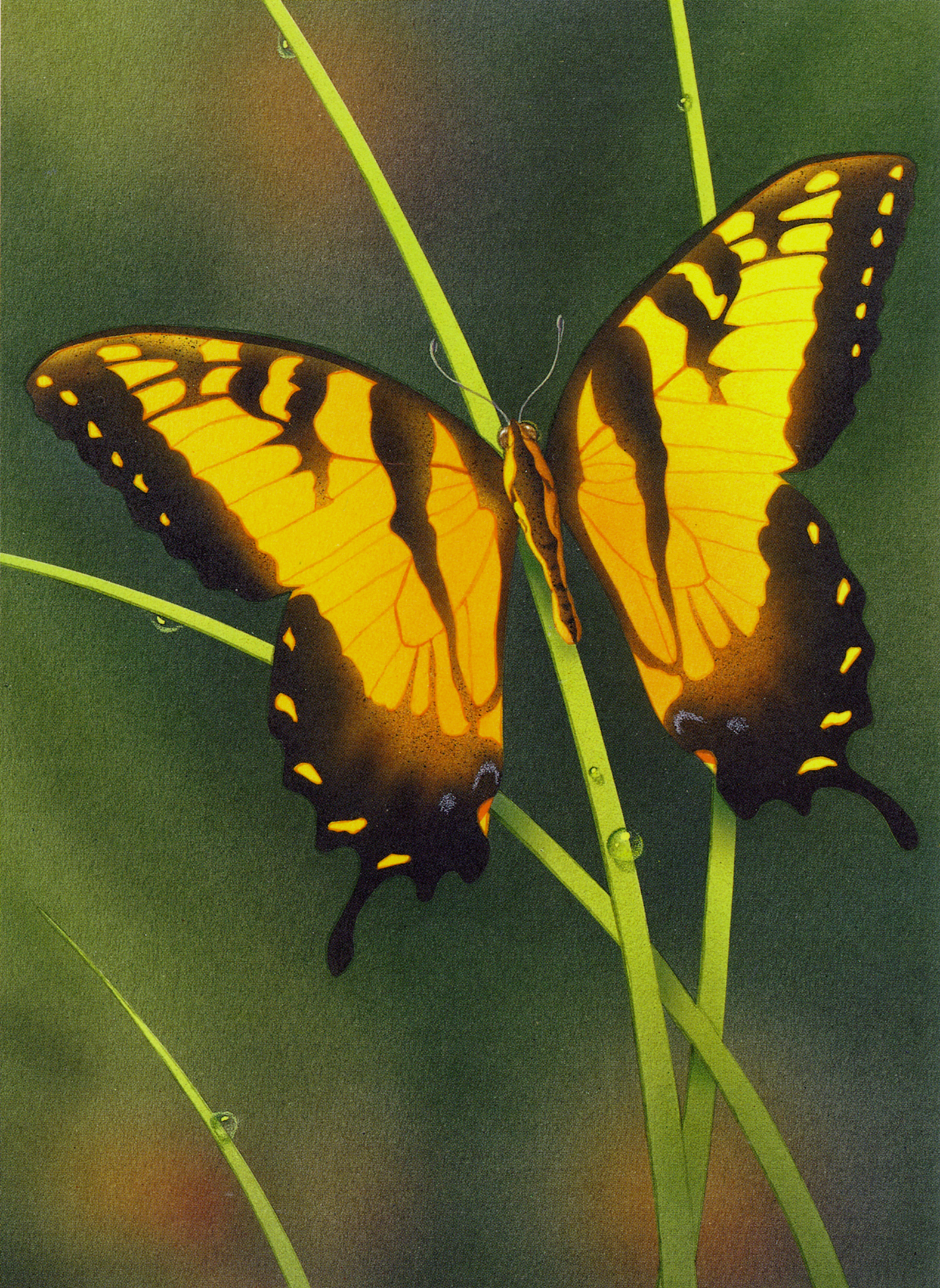
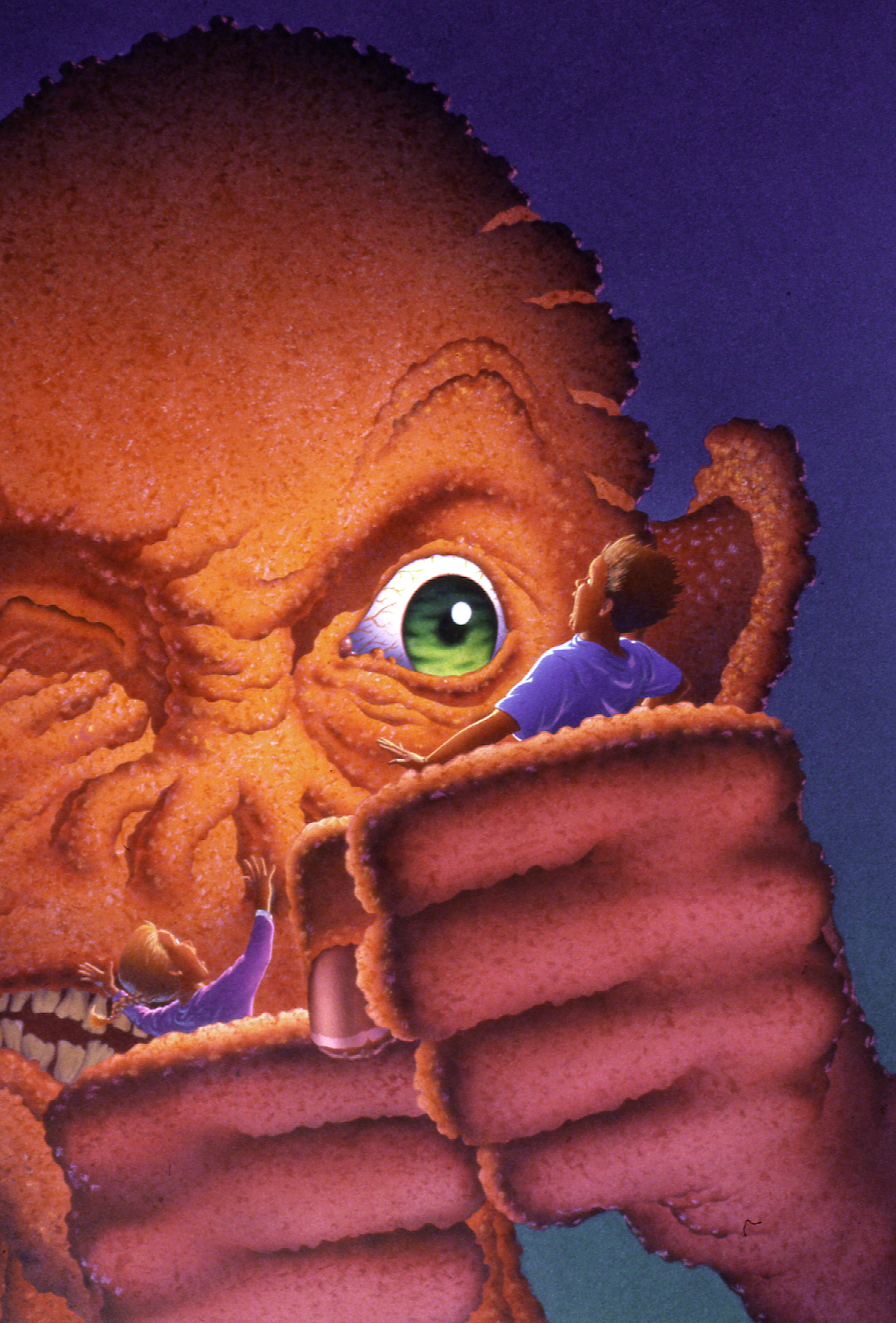




I’ve received numerous awards for my illustrations, been interviewed and featured in publications such as Step-By-Step Graphics and Airbrush Action. I taught Advanced Illustration at the School of Visual Concepts in Seattle, and had a 20 Year Retrospective show.
In 1995 I was shown the power of Photoshop and I could see my future as a digital artist and animator. The opportunities this technology opened up in both digital art and animation were mind blowing. It’s been a wild ride with a lot of different clients and I’ve loved every minute of it.
In 1995 I was shown the power of Photoshop and I could see my future as a digital artist and animator. The opportunities this technology opened up in both digital art and animation were mind blowing. It’s been a wild ride with a lot of different clients and I’ve loved every minute of it.
